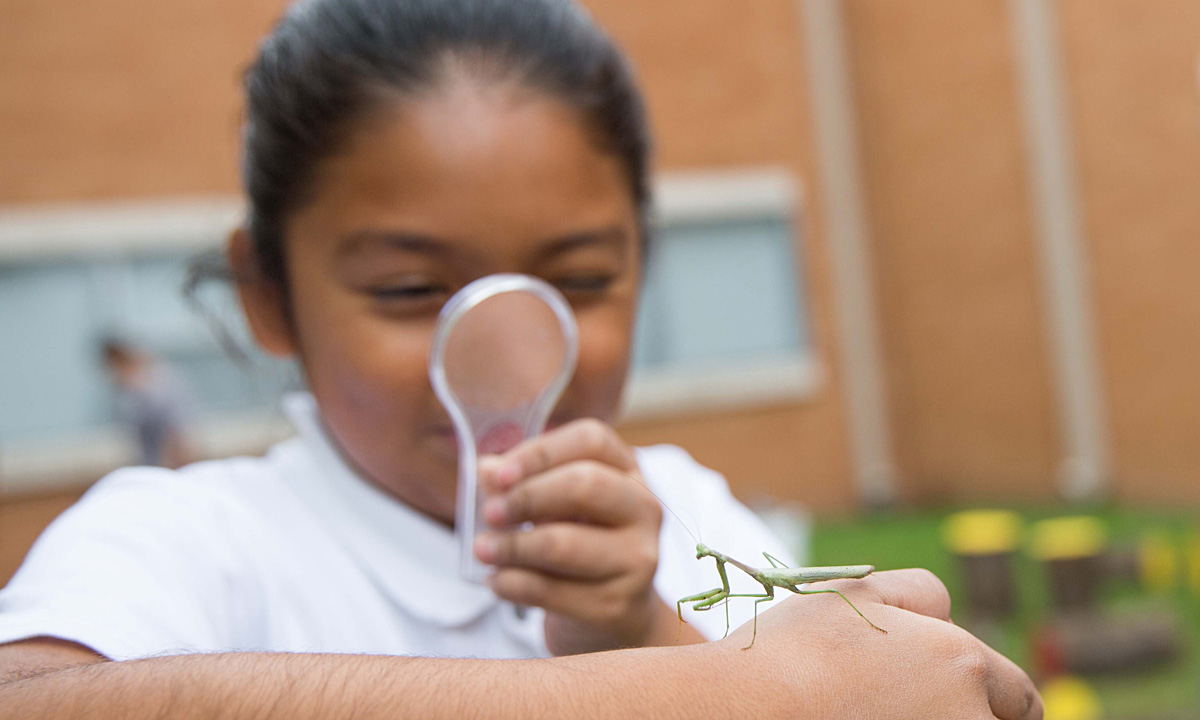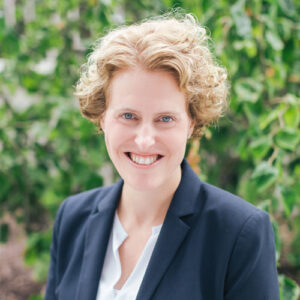Finding ‘Lost Einsteins’ Means Fixing K-5 Science, Especially in Rural Schools
McCarty: America's economic security depends on having an educated STEM workforce to fill high-tech jobs. That begins in elementary school.

Get stories like this delivered straight to your inbox. Sign up for The 74 Newsletter
This nation’s economic security will be won or lost based on the ability of elementary schools to energize science education.
That is because the country is at the start of a massive effort intended to bring semiconductor manufacturing to the Southwest, battery research and development to rural upstate New York and more. It’s an effort that promises to spread good-paying jobs to parts of the country that haven’t benefited from them in recent decades.
More semiconductor manufacturing, more engineering jobs, more tech jobs — over the next 10 years, these and other jobs in STEM fields are projected to grow faster than all others combined, with twice the median salary. More STEM jobs means the country needs more STEM-ready students, and that means helping elementary schools engage children with a rich and energetic brand of science before sixth grade, when children often start forming career aspirations.
This is particularly critical in rural areas, because if children in these communities don’t have a science-rich education, they will be less likely to be interested in or qualified for the STEM jobs coming to their regions. And if that’s the case, the purpose of locating these jobs there will be undermined, as employers will have to recruit qualified workers from other parts of the nation or world.
Getting young Americans involved in science now in a way that captivates them early in their education will prepare them to fill the STEM jobs of the near future and build the foundation for a strong and prosperous economy.
When children from all backgrounds see themselves as scientists, society reaps the benefits. But researchers estimate this country has missed out on generations of “lost Einsteins” because many lack a relevant and relatable science education starting in elementary school, and kids cannot be what they cannot see.
The 2018 National Survey of Science and Mathematics Education found that students in kindergarten to third grade learned science for an average of just 18 minutes a day – less time than many of them spend on the school bus. The results of that are clear: Only 36% of fourth graders tested as proficient on the most recent National Assessment of Educational Progress science exam.
If the new approach to industrial policy and STEM jobs is going to succeed, that has to change. Science education must start early, because children develop their interests and passions early. And it must attract all kids, no matter their backgrounds, resources or experiences.
The way to do that is to move students from learning about science from behind a classroom desk to exploring the world outside and around them — whether that’s studying drainage and flooding in an urban area or finding the angle of the sun to determine the best placement of solar panels in a rural community. Children’s minds come alive to science when they see it in every part of their world. They respond to active learning environments that offer the opportunity to collect data, test and solve problems in real time. The organization I lead, Out Teach, transforms school grounds into real-world labs. Last year, we brought science to life for 53,000 students and 188 schools in 77 communities, starting in the Dallas-Fort Worth area and now extended to historically underserved areas of Texas, Georgia, North Carolina and Washington, D.C.
These learning stations take teachers and students out of the classroom and into the outdoors, where they can study the growth of plants or crops, build landforms to gauge erosion by pouring water on it or use plastic bags to find hidden water through leaf transpiration.
Children make the connection between the science they see in their schoolyards and the relevance of it to their own communities.
As a Mississippi native who now lives, works and parents in Washington, D.C., I know that kids in rural areas grow up, get educated, work and live differently than those in cities or suburbs. High-speed internet, for example, is not a given. Technology and office work are not the norm. Some schools don’t have the funding, facilities, teaching staff, labs, even textbooks that are taken for granted in many parts of the country. Almost 1 in 5 public school students attend a rural school, yet policymakers rarely address rural needs. Nonprofits and social service agencies often fill gaps in urban and suburban areas, but less so for rural schools. Indeed, the most robust voice for rural schools, the Rural School and Community Trust, no longer has an active website — a metaphor for the isolating lack of broadband internet or reliable cell service that confronts many rural schools.
For generations, those differences did not affect the nation economically. But now, they matter a lot. Modern society and the modern economy rely more on strong scientific readiness in places like the Southwest and rural upstate New York than ever.
The $80 billion in investments that Congress and President Joe Biden have made are designed to share the wealth of economic growth in every part of the country, not just Silicon Valley, Wall Street and the suburbs of Washington, D.C. Mining that wealth can’t happen, however, unless every school — rural, suburban and urban — has the facilities and a plan to get young children involved in science.
If this new industrial policy is to succeed in making this country economically sound and secure in the wake of the pandemic, engaging all citizens is critical. Making science real and relevant is, in that sense, a national economic security initiative. This opportunity is too crucial to miss.
Get stories like these delivered straight to your inbox. Sign up for The 74 Newsletter

;)
